Interview with the Seaplane Pilots Association: Water flying — that’s right, gliding through the skies in a plane built to take off and land on water — has a special kind of magic that’s been capturing the hearts of aviators in the USA for over a century. If you’re curious about what water flying entails, where the future of seaplanes is headed, and what it means for pilots and adventurers alike, then you’ve landed in the right spot. The Seaplane Pilots Association (SPA), established in 1972, has been the primary voice and advocate for seaplane pilots, promoting safety, education, environmental stewardship, and expanding access to public waterways for seaplane operations. Water flying isn’t just a sport or hobby—it’s a unique lifestyle blending the thrill of flight with the tranquility and challenge of navigating lakes, rivers, and coastal waters. Today, technological advances and rising interest in sustainable aviation are sparking a vibrant comeback for seaplane flying, making it more accessible and environmentally friendly than ever.
Table of Contents
Interview with the Seaplane Pilots Association
The Seaplane Pilots Association stands as the proud advocate and community backbone for water flying in the United States, blending an inspiring history with a forward-looking outlook. The adoption of electric engines, lightweight composite materials, and versatile amphibious capabilities is fostering a cleaner, safer, and more thrilling era for water flying. Whether you’re a curious newbie or a seasoned pilot, SPA offers the resources, networks, and knowledge to help you dive deep into this extraordinary world where sky and water meet.
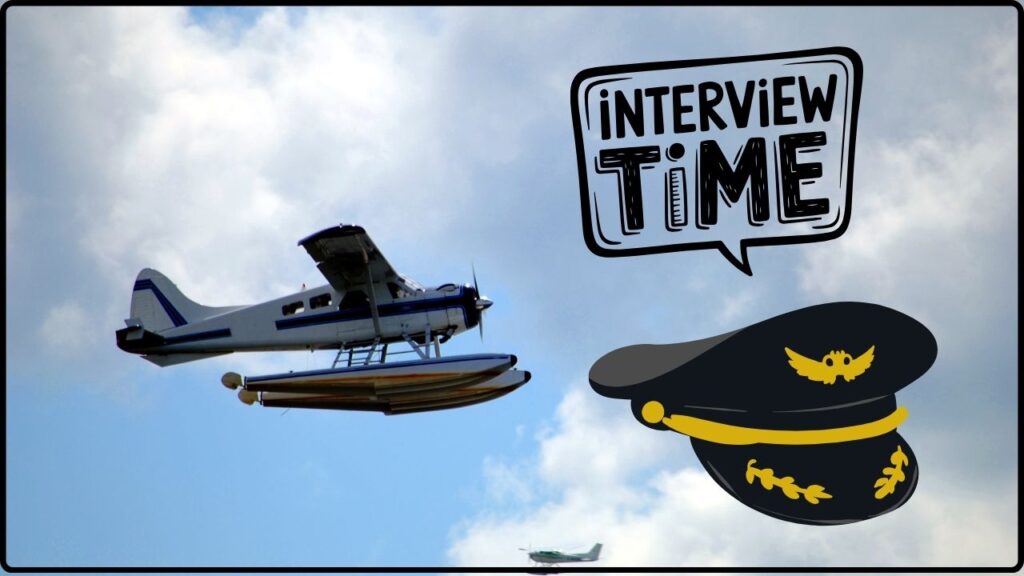
| Topic | Details |
|---|---|
| Founded | 1972 |
| Headquarters | Winter Haven, Florida |
| Membership Benefits | Water Flying magazine, annual safety seminars, Water Landing Directory app |
| Focus Areas | Safety, advocacy, education, environmental stewardship |
| Scholarships | Up to 12 annually for commercial seaplane ratings (ages 17-35, private pilot license required) |
| Future Trends | Electrification, advanced composites, amphibious designs, regional travel & eco-tourism, autonomy |
| Economic Impact | Supports thousands of jobs, generates significant tourism and remote transport revenue |
| Regulatory Engagement | Collaboration with FAA, Coast Guard, and local authorities on access and safety regulations |
| Popular Events | Seaplane fly-ins, water flying festivals, races, and seminars nationwide |
| Website | Seaplane Pilots Association |
A Rich History of Water Flying in America
Water flying dates back to the early 1900s, when America’s vast lakes and rugged coastlines made seaplanes essential for connecting remote areas inaccessible by roads. Early pioneers like Glenn Curtiss developed flying boats and floatplanes that set the stage for versatile aviation. During World War II, amphibious aircraft played a vital role in maritime patrol, reconnaissance, and air-sea rescue, sealing their importance in aviation history.
The Seaplane Pilots Association was founded in 1972 by aviation enthusiasts David Quam, Robert Murray, Al Lisch, and William Hooper, with a mission to protect seaplane access to public waters, promote the sport, and provide valuable pilot resources like newsletters and directories. The SPA’s dedication helped ensure seaplane pilots could share public waterways fairly, balancing recreational and commercial interests.
Notably, in 1924, Lieutenant Victor E. Bertrandias and Lieutenant George C. McDonald set the world airspeed record for seaplanes in Virginia, hitting 101.7 mph in a Loening S-1 Flying Yacht, a record that stood for years. Such milestones highlight America’s pioneering spirit in water aviation.
Today, SPA continues the legacy by advocating for seaplane accessibility and nurturing pilots’ skills through education and community engagement.
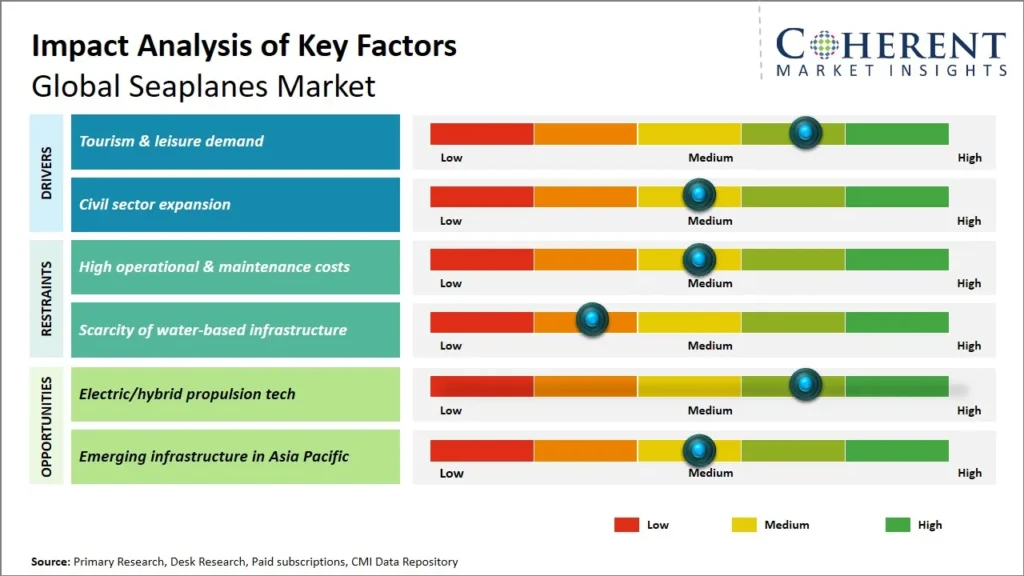
Economic Impact and Career Opportunities
Water flying is more than an adventurous lifestyle — it’s a significant contributor to the economy. The sector supports thousands of jobs across diverse fields such as tourism, firefighting, freight, and remote passenger transport. States like Florida, Alaska, and Maine benefit greatly from seaplane activity, which drives economic growth in remote and underserved regions.
Commercial operators provide critical services including sightseeing, eco-tourism, and transportation for offshore industries. SPA helps cultivate this workforce by offering scholarships for commercial seaplane training, fostering pilots aged 17 to 35 who already hold private pilot licenses.
Careers in seaplane flying aren’t limited to pilots. Maintenance technicians, flight instructors, and operational staff are equally vital, forming a robust, specialized community. Furthermore, as sustainability trends grow, new job opportunities are emerging in clean aviation technologies like electric propulsion.
Interview with the Seaplane Pilots Association: Regulatory Environment and Ongoing Challenges
Seaplane operations require mastery of both aviation and maritime rules. The Federal Aviation Administration (FAA) regulates takeoffs, landings, and navigational safety on water. Understanding waterway right-of-way, environmental restrictions, and coordination with boating traffic is essential.
SPA actively collaborates with the FAA, U.S. Coast Guard, and local agencies to protect seaplane pilot rights and ensure fair waterway use. It also maintains a network of Field Directors nationwide who work with communities and authorities to address challenges like waterway congestion, noise restrictions, and environmental compliance.
Environmental regulations present challenges, requiring pilots to operate without disturbing wildlife or polluting habitats. Securing and managing seaplane base infrastructure remains a hurdle due to competing land and water use demands, but SPA’s advocacy helps navigate these complex issues.
Community, Events, and Pilot Life
The seaplane community is close-knit, vibrant, and welcoming. SPA organizes yearly fly-ins, seminars, and festivals where pilots share stories, trade expertise, and celebrate water flying. Events like the EAA AirVenture Oshkosh gather thousands of aviators, hosting safety workshops and seaplane displays.
Other regional gatherings, such as the Maine “Splash-In” or Florida Lake Dora Water Flying events, combine fun with education, emphasizing safety, new technologies, and camaraderie among pilots.
Membership in SPA offers connection to fellow flyers, access to exclusive resources such as the Water Flying magazine and Water Landing Directory, and entry to events that keep the community strong and informed.

Cutting-Edge Safety Innovations in Water Flying
Water flying poses unique risks—the water surface can vary, and boat traffic adds complexity. Modern technology is stepping up to enhance safety. New float and hull designs improve stability and buoyancy, making takeoffs and landings smoother and safer even in rougher water.
GPS-powered navigation systems provide pilots with real-time data on no-wake zones, restricted areas, and waterway hazards. Increasingly sophisticated avionics improve situational awareness, while simulators and scenario training help pilots prepare for emergencies before taking to the skies.
SPA hosts over 50 safety seminars annually focused on everything from emergency procedures to weather analysis, ensuring that water pilots operate with the latest knowledge and skills.
Environmental Stewardship and Conservation Efforts
Seaplanes operate in some of the most pristine natural environments, making environmental responsibility a priority. SPA emphasizes protecting water quality, habitats, and wildlife through pilot education and regulatory cooperation.
The growing use of electric and hybrid seaplane engines is cutting noise and emissions drastically, preserving calm lakes and coastal ecosystems. Pilots avoid sensitive no-wake zones and nesting areas to minimize disturbance.
SPA partners with environmental organizations to promote waterway conservation, ensuring that water flying remains compatible with nature for generations.
Personal Voices: The Seaplane Experience
Veteran seaplane pilot and SPA founder David Quam shares, “Flying off water isn’t just about the destination — it’s the whole experience. You navigate not only the sky, but the living, breathing water below you. The thrill of landing softly on a glassy lake and taking off again into open air is like no other. It’s freedom, skill, and adventure in harmony.”
Such stories exemplify why water flying attracts passionate pilots who cherish the unique challenge and beauty of this flying style.
Practical Tips for Aspiring Seaplane Pilots
- Quality Instruction Is a Must: Water flying demands specialized skills beyond regular flying. Enroll in a certified seaplane rating course, and attend SPA safety seminars.
- Use SPA Resources: Employ the Water Landing Directory app to find legal water landing spots, fueling stations, and waterway updates.
- Respect Waterway Users: Follow maritime right-of-way rules, minimize wake, and reduce noise pollution to coexist peacefully with boaters and wildlife.
- Engage Actively With SPA: Join SPA to connect with fellow pilots, access scholarship opportunities, subscribe to Water Flying magazine, and attend events.
- Stay Current on Regulations: Laws can change. Work with local SPA Field Directors and stay updated to maintain safe and legal operations.
Beyond the Boat: Why Seaplane-Specific Decontamination Is Different
The Ultimate “Clean Drain Dry” Guide for Seaplane Pilots
State-by-State AIS Regulations: A Seaplane Pilot’s Compliance Guide
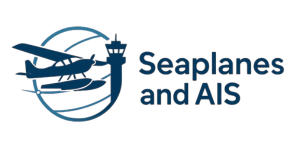
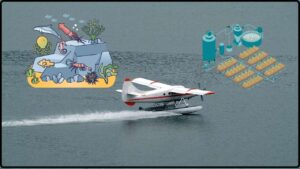
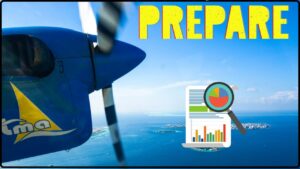

![Case Study How [Lake Association] Partners with Pilots to Stop AIS](https://seaplanesandais.com/wp-content/uploads/2025/11/Case-Study-How-Lake-Association-Partners-with-Pilots-to-Stop-AIS-300x169.jpg)
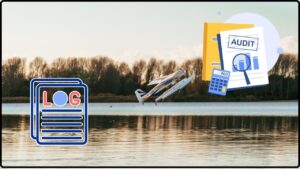
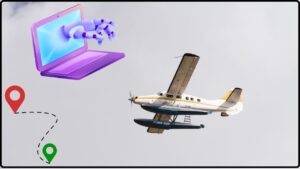


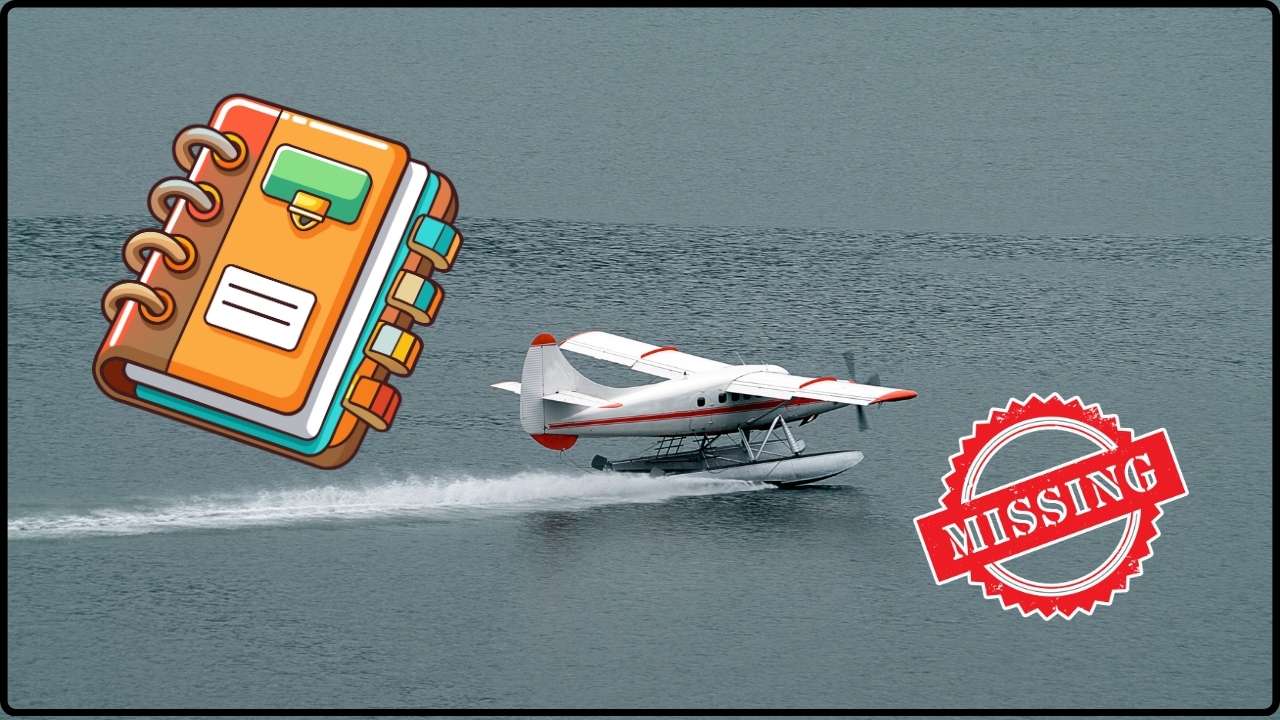

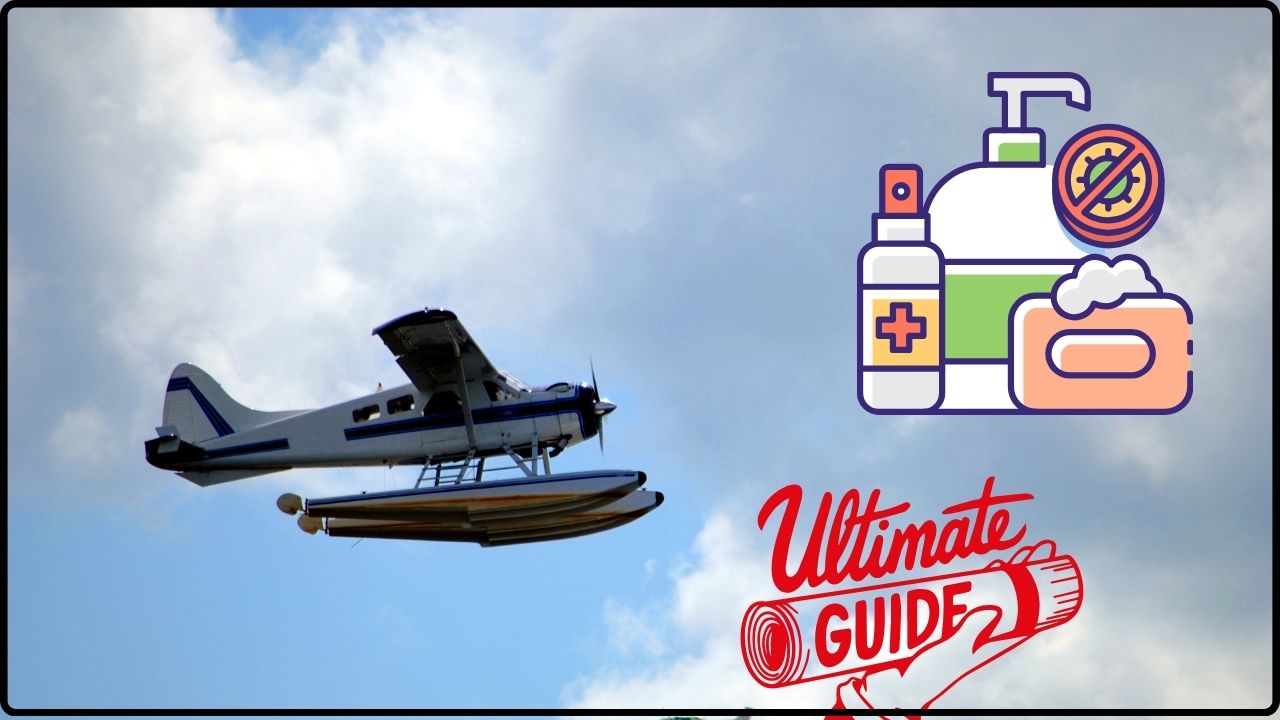


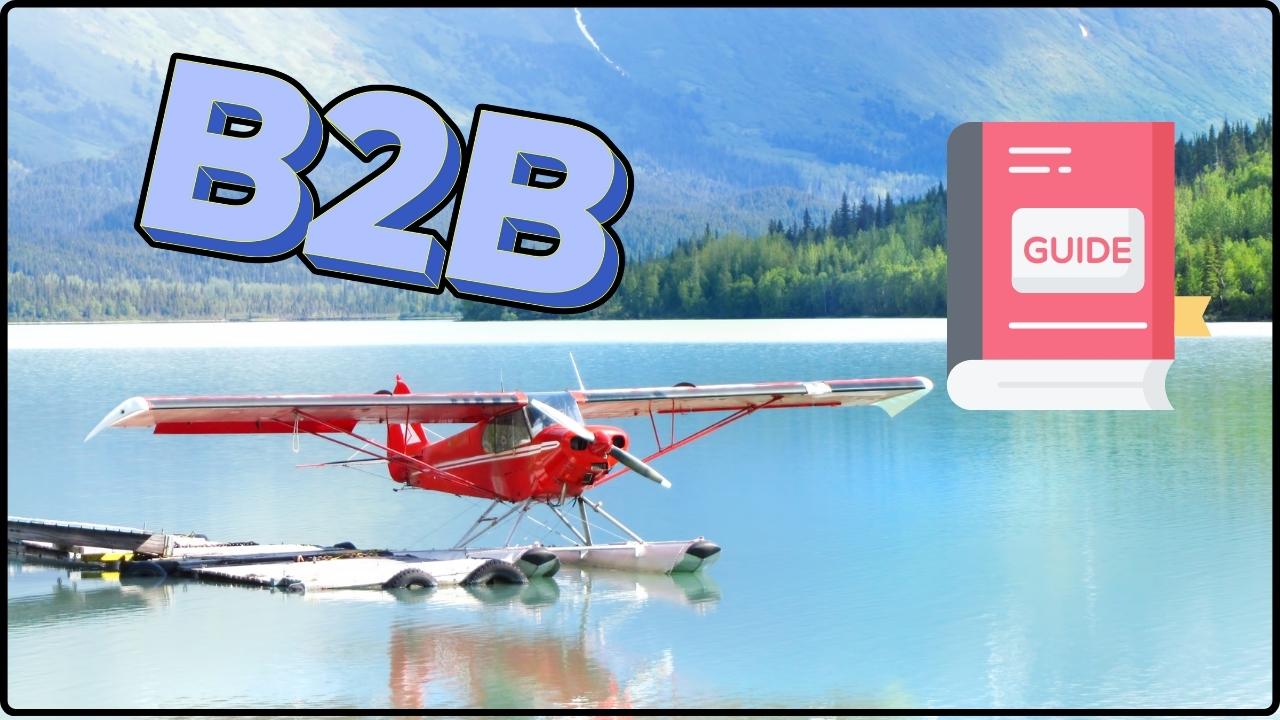
![Case Study: How [Lake Association] Partners with Pilots to Stop AIS](https://seaplanesandais.com/wp-content/uploads/2025/11/Case-Study-How-Lake-Association-Partners-with-Pilots-to-Stop-AIS.jpg)
